Coronavirus Australia: Power of NSW Premier Gladys Berejiklian ensures united team … for now
The NSW Premier’s standing has never been higher, and while her leadership is for the moment unassailable her factional backers have annointed a successor.
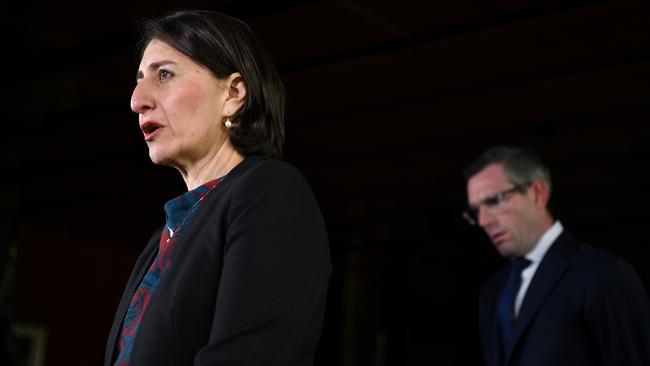
For months, Gladys Berejiklian has been tapping into the blind faith of voters. There has been no scandal or sideshow — not even the catastrophe aboard the Ruby Princess — that has come close to assailing her leadership.
“Trust in the government has never been so high,” she confided to Liberal colleagues during a partyroom meeting, suggesting they should leverage the moment to impart key messages to angst-ridden constituents. Then she said: “Once they get jack of the restrictions, that will change.”
But the public, it seems, has got jack of nothing. Ms Berejiklian’s stock has never been higher, despite routine dysfunction and missteps by ministers in her government. In the age of the rolling pandemic, she has capitalised on the public’s trust, centralising her power with a politburo-style government and expanding its role in people’s lives while limiting the voices informing key decisions.
She has also come to rely more heavily on a selection of hand-picked ministerial advisers, a Praetorian Guard of moderate-faction loyalists who work to protect her interests and neutralise any opposition.
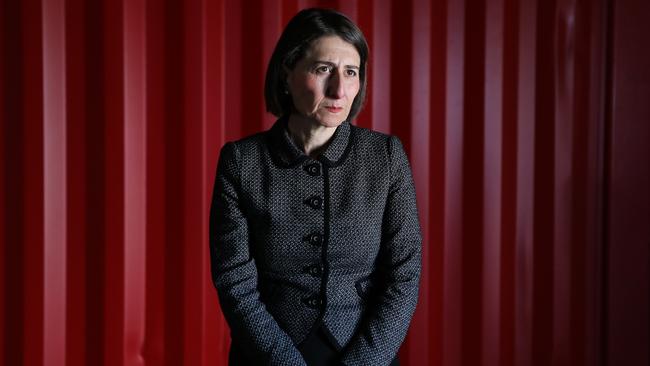
When the Deputy Premier, John Barilaro, threatened live on television to hobble the government over koala planning policies, this inner circle of ministers closed ranks around the Premier, shielding her from attack while savaging Mr Barilaro for betrayal, a campaign designed to banish him from power.
“It was a fascinating example of their behaviour,” said a cabinet minister of this cabal. “It was a concerted, strategic and manipulative effort to take him out.”
And the strategy worked: Mr Barilaro retreated into political exile, taking four weeks of annual leave to focus on the recovery of his mental health. Ms Berejiklian, meanwhile, has been feted for standing her ground.
“No one instructed us to do anything,” said one of the ministers involved in the attacks on Mr Barilaro. “But no one tried to stop us either.”
Storied elite
Ministers who comprise this storied elite have spent decades churning through the moderates’ factional machinery.
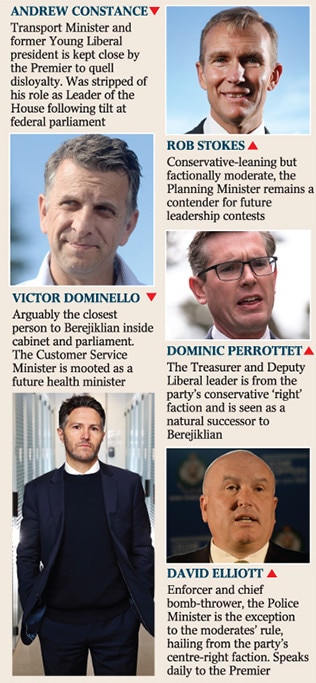
They include stalwart figures such as Don Harwin, the princely Arts Minister, and Matt Kean, the energetic, hip-shooting powerbroker who harbours serious ambitions of his own for the crown. Transport Minister Andrew Constance is another leadership aspirant kept close to quell disloyalty (it is suspected he could sink Ms Berejiklian with revelations from her time in the transport portfolio), as are Planning Minister Rob Stokes and Tourism Minister Stuart Ayres.
The one exception is David Elliott, the Police Minister, who hails from the centre Right of the party and who is described by numberless politicians as Ms Berejiklian’s bomb-thrower in chief. It was Mr Elliott who stood up first to call Mr Barilaro’s position “untenable”. But closest of all to the Premier is Victor Dominello, the Customer Service Minister, with whom she retains a close friendship outside politics.
The notional figurehead of this coterie is, unofficially, Mr Kean. Once a whipping boy of talkback shock jocks — Alan Jones dubbed him “Matt Green” over his progressive positions on climate change — the 39-year-old has emerged out of the grind of junior portfolios to reach a position of consequence as Environment and Energy Minister. He is also the factional supremo behind the moderates, the most dominant of the Liberal Party’s three factions, a position that bestows at least some influence over preselection outcomes.
This, of course, pits him as a divisive figure within the party, often clashing with conservatives on his own side of government and further afield, including Scott Morrison.
The Kean factor
It was in January that Mr Kean went public linking the summer bushfires with the warming of the planet, a popular and politically contentious view that led to a froideur with the PM. When Mr Kean doubled down by saying there were members of federal cabinet who agreed with him, the Prime Minister shot back with the extraordinary statement that no one in his cabinet “would even know who Matt Kean was”. In Mr Kean’s mind, he won that battle.

“I think I probably gained respect doing that,” he said during a lengthy, freewheeling interview in his parliamentary office. “The public wants to see politicians standing up for those principles.”
While some moderates might scoff at Mr Kean’s influence (One said: “Most moderates couldn’t give a bugger what he thinks. Some have expressed the view that his leadership is titular in nature.”), the truth is that he will likely play a central role in deciding who leads NSW once Ms Berejiklian steps aside.
The Premier turned 50 last week and, while her leadership is for the moment unassailable, Mr Kean and other moderates have an eye out for succession planning. The prevailing view is that Dominic Perrottet, the state’s conservative-minded Treasurer, will be elevated once Ms Berejiklian moves away from public life, news that might rankle with Mr Constance and Mr Stokes.
“I think most people see Dom as a future leader in a post-Gladys world,” Mr Kean said. “He would be an excellent choice. Dom and the Right have provided immense stability, and the moderates will return that stability to any Perrottet government.”
Were Mr Perrottet to be endorsed it would likely usher in one of the most conservative state governments in nearly two generations, a premier who would make John Fahey, a working-class Liberal with strong religious beliefs, appear wet by comparison. Mr Perrottet declined to be interviewed for this article.
“It is surely a message to the community that this government is not just dominated by moderates,” Mr Kean added.
As it turns out, Mr Kean’s fingerprints are already all over the current leadership arrangement. It was he who brokered the factional marriage of Mr Perrottet and Ms Berejiklian in 2017, when the Premier was first elected to lead the party.
To build a stable government, she asked her apprentice to find a conservative she could work with, someone who could bed down the grumbling conservative forces. Mr Perrottet, an old university chum, seemed to fit the bill.
“I was a voice in her ear,” Mr Kean said. “I said, ‘Dom’s a good guy, he can be trusted. He’s respectful, decent’; and to Dom I said, ‘She’s not some dangerous leftie or ideologue’.”
But the notion of a “titular” leadership is clearly one that rattles Mr Kean. Some suspect his erstwhile leader, Michael Photios, a former minister in the Fahey government, remains a ghostly spectre haunting the party.
Shadow of Photios
Premiers and ministers routinely insist that they keep their distance from Mr Photios, a dark-arts practitioner of corporate lobbying who led the moderate faction for decades, though Mr Kean finds this mythology, that of the string-pulling puppet-master, quite irritating.

At the height of the political crisis involving Mr Barilaro, it was Mr Photios who reached out to the Deputy Premier with an offer to act as an intermediary, an offer that was apparently unsolicited. Ms Berejiklian was said to have been stunned by the move, as was Mr Kean. Mr Photios did not respond to questions.
“I’m very conscious of the perception that Photios is some Svengali pulling the strings,” Mr Kean said. “It’s ridiculous, laughable. If Photios rang and said, ‘I’ve got a client’, it would make it less likely they would get an outcome. We’d put extra protections in place.”
In later remarks, Mr Kean, said Mr Photios’s time as a “factional leader” had ended, and he emphasised that he does not personally deal with Mr Photios, nor does anyone in his office.
“I don’t meet with lobbyists. We will not meet with lobbyists. You can be a powerbroker or a lobbyist — but you can’t be both. If Michael thinks he can get outcomes because of his relationships with the NSW government, he’s mistaken.”
Colleagues point out that Mr Kean’s staffing arrangements complicate this explanation. His director of policy, Ava Hancock, is the sister of Mr Photios’s business partner, Ian Hancock.
Both Mr Hancock and Mr Photios are directors of Clean Energy Strategies, a corporate advisory whose clients intersect with Mr Kean’s portfolio. Mr Hancock is also a co-board chair of the Blueprint Institute, a think tank devoted to research that includes, among other priorities, “embracing the transition to green energy”. Mr Photios sits on the Institute’s strategic council.
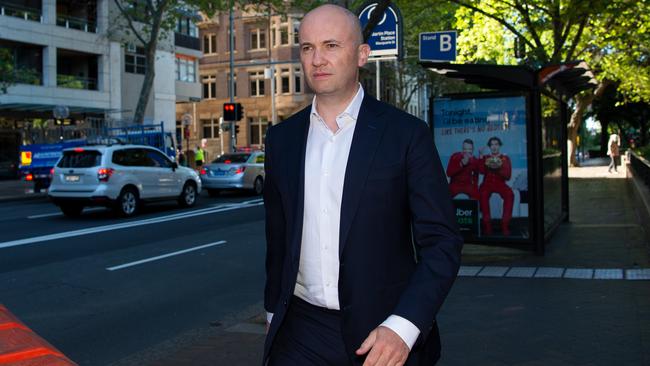
Asked to respond, Mr Kean said: “I poached Ava Hancock from the energy team at King & Wood Mallesons. She is an outstanding professional with the highest level of integrity.”
Mr Kean is not without his share of controversy, as are other ministers close to the Premier known to have caused inconvenience. One repeated complaint about Ms Berejiklian is her inability to discipline her closest ministers or uphold the principle of ministerial responsibility.
Their missteps have also tested the Premier’s judgment. When Mr Constance decided to run for a seat in federal parliament, he was stripped of his role as Leader of the House but permitted to remain in cabinet, defying expectations he would be dumped for disloyalty.
Mr Elliott has been the subject of police investigations, as has Mr Harwin, who resigned from cabinet in April over an alleged breach of COVID-19 restrictions. When prosecutors dropped the fine he was swiftly returned, though police stood by the facts of the matter, creating an awkward situation for the Premier, who deflected questions.
There are other examples, but the point is that because these men hold most of the seats in cabinet — 13 of 17 Liberal seats (there is only one Liberal woman in cabinet apart from the Premier) — the oft-cited complaint is that moderates crowd out the conservative voices. Backbench MPs point out that when scandals go unpunished they are denied a chance at promotion.
So, the question also must be asked: are the moderates in cabinet appointed based on merit? Are they better skilled than the available conservatives? “My preference is that there should be more people from the Right in the cabinet,” said Finance Minister Damien Tudehope. “But it is the Premier’s call. I think she tries to get the balance right, but there are a number of people on the Right who have excellent credentials who should be in the cabinet.”
Seeds of discontent
Part of the problem, some observers say, could lie with the lack of unity among conservatives themselves. For more than a decade they have split into two factions: the centre-Right and the Right, with no clear ideological differences between them, only the personalities they support.
The centre-Right is loyal to the Prime Minister and its factional leader, Alex Hawke, a federal MP reviled by some conservatives at the state level; the Right is loyal to conservatives within the NSW parliament, namely Mr Perrottet and Corrections Minister Anthony Roberts.
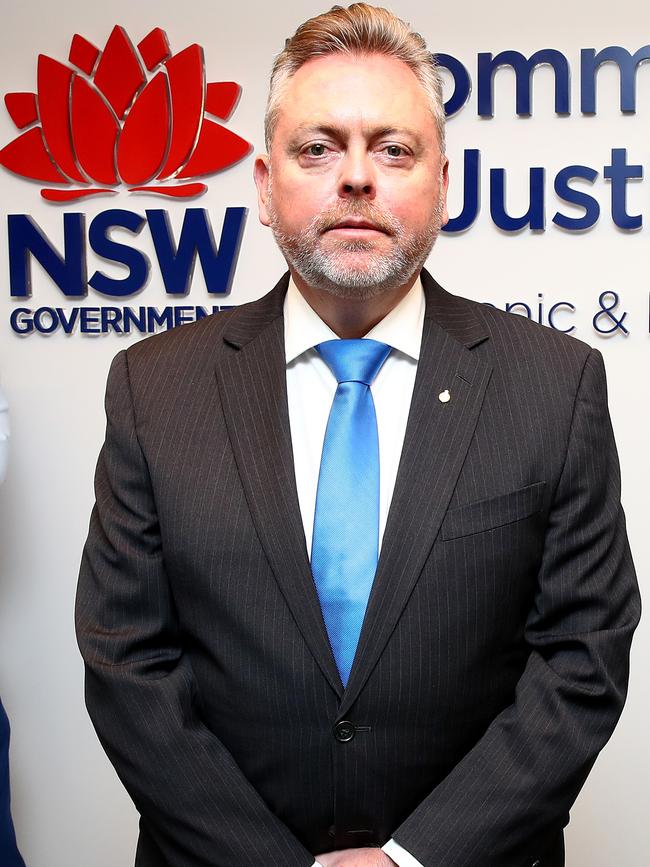
Efforts to remake this conservative side of politics are currently in train, and moving rapidly, though there will be no grand reunion between the centre-Right and the Right, not until Mr Hawke is deposed as leader, one source said. To bolster their representation, memberships are being signed at “a million miles an hour” at the grassroots level.
But at the cabinet level there are some, such as Mr Roberts, who believe proportional representation is not the problem some say it is. Regardless of the shortage of conservative viewpoints — four in total — they have a voice, he says.
“Everyone in that cabinet would agree on 90 per cent of things, and the Premier has always been someone who has listened to all sides of the argument.”
It is not, however, a view shared by some within the faction.
“The Premier refuses to make her own ministry representative of the broader Liberal partyroom,” said Matthew Mason-Cox, a seasoned Liberal MP. “MPs are sick of this imbalance and the backroom deals. Policy is being driven by the Left and that’s why we’re having so many problems with the Nationals.”
It is easy to see how this argument could be made in relation to Mr Kean’s portfolio, where he holds lofty visions for a future powered by wind farms, solar panels, batteries and pumped hydro, ambitions that, to some in politics, symbolise election losses. His latest projects are the state’s Renewable Energy Zones, vast clearings of land set aside for private investment in renewable ventures, the kind that equate to jobs and wealth creation in rural communities.
Thus far, the barrier has been winning over Nationals MPs whose constituents have not always been amenable to this vision of the future. To counter this, Mr Kean hired Mark Connell, a former staffer to Mr Barilaro; earlier this year, Mr Barilaro attacked Mr Kean over bushfire management and a perception of his “green ideology”.
But perhaps the times are changing. In July Mr Kean travelled to the New England region of NSW to announce the arrival of the government’s second Renewable Energy Zone, describing it in a press release as the “biggest commitment to cheap, clean energy in the state’s history”.
Standing beside him for a previous announcement was Mr Barilaro. At the event in New England it was Agriculture Minister Adam Marshall. In both cases, Mr Kean quietly claimed a tactical coup.


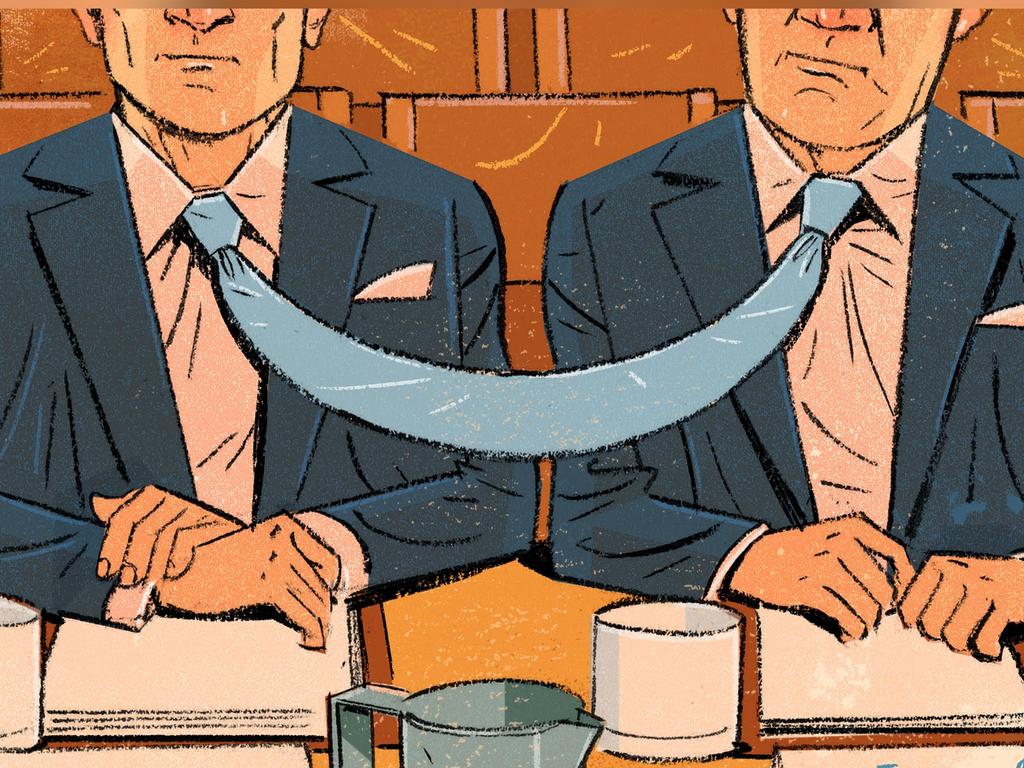



To join the conversation, please log in. Don't have an account? Register
Join the conversation, you are commenting as Logout